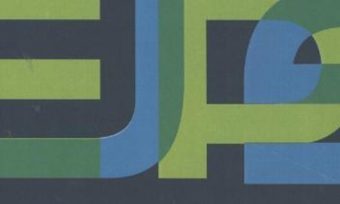Aim: Following a group of young men with Chilean background living in a Swedish territorially stigmatised area, the author analyses how the actors create, recreate and use ethnicity and on what structural grounds such creation is carried out. This analysis is done to provide a complex and socially constructed view of ethnicity. Method: Between 2003 and 2015, the author followed a group of 16 young men, born in the late 1970s and early 1980s. The fieldwork included interviews and participant observations in places that were important to the young men; the residential area where they lived in Sweden and the area in Chile that some of them visited during the time of the research and where they have their roots. Findings and conclusion: During childhood and adolescence, ethnic identification became a means to group identification. However, ethnic identity practiced in the street culture and the illegal economy cannot be seen as essential, but rather as something that is performed and staged in different situations, creating a sense of “Chileanness”. Producing Chileanness helps combating emotions related to sorrow, to being poor and not feeling welcomed in the Swedish society. This ethnicity is fragile and intertwined with social class and gender.
Latest News
International conference POLICE STOPS ACROSS EUROPE (28 February 2023, The Hague, The Netherlands)
News
For more than four years, our EU COST funded network on Police Stops has been gathering information, hearing from experts…
Read moreWorkshop 'Registration of police stops and ethnicity and defining the police stop' 31 Aug - 2 Sept 2022
News
In line with our project’s ambition to share learning and explore the issue police stops across Europe, we are organising…
Read moreCfP European Journal of Policing Studies - Special Issue: The Dynamics of Police Stops
News
European Journal of Policing Studies Special Issue: The Dynamics of Police Stops Guest editors: Mike Rowe Sofie de Kimpe Vincenzo…
Read morePolstops Newsletter n4 (June 2022)
News
At last, we have been able to meet again. And we can now begin to identify what we have missed…
Read more




